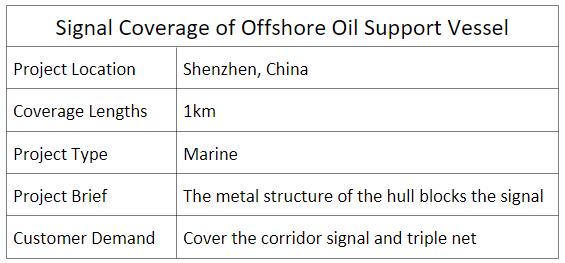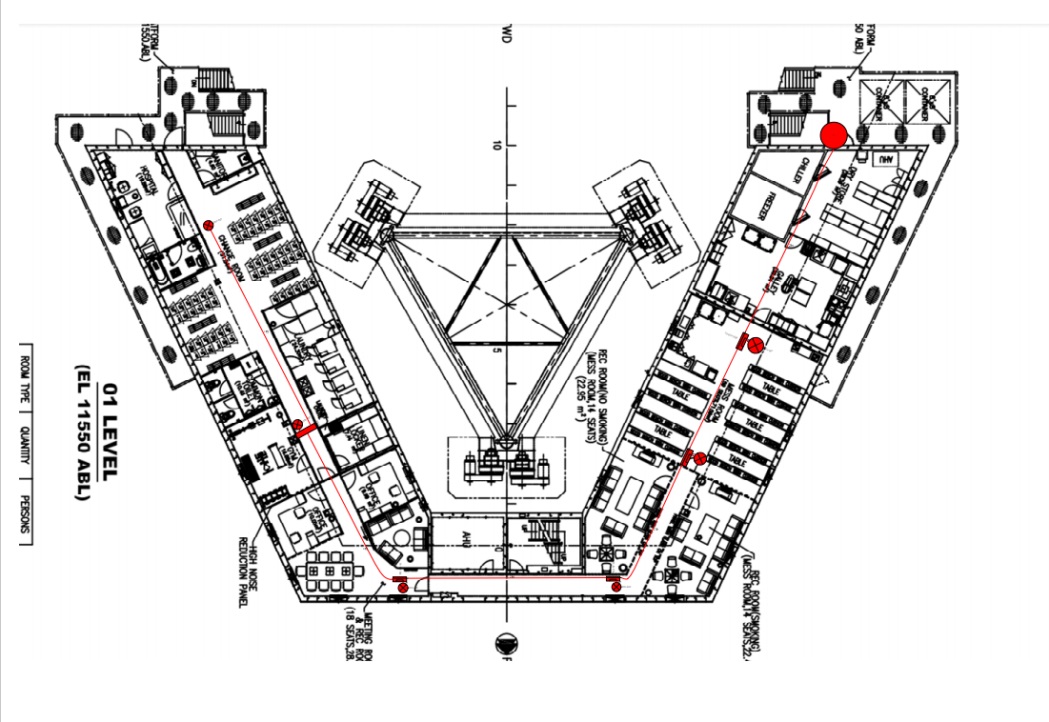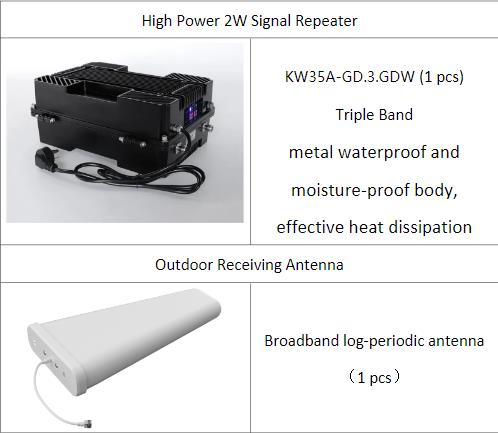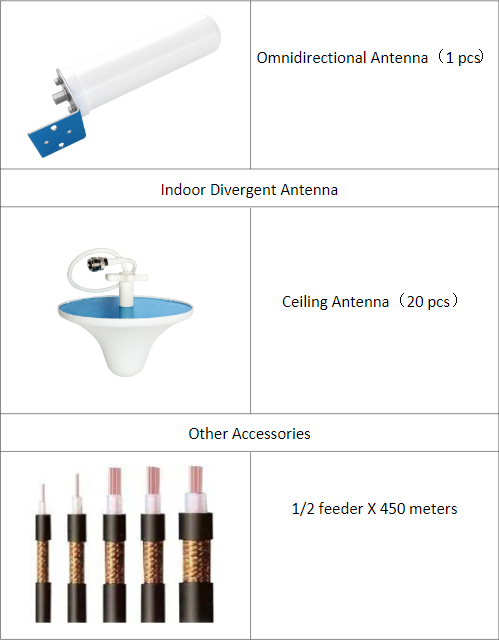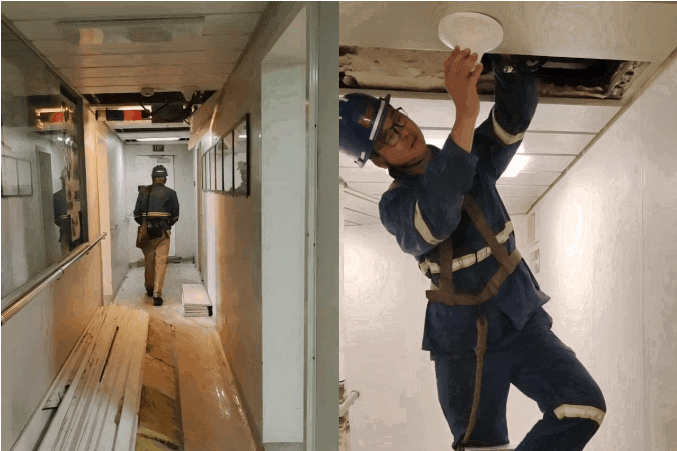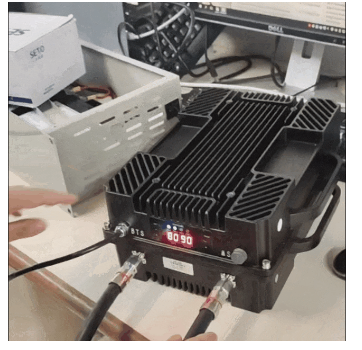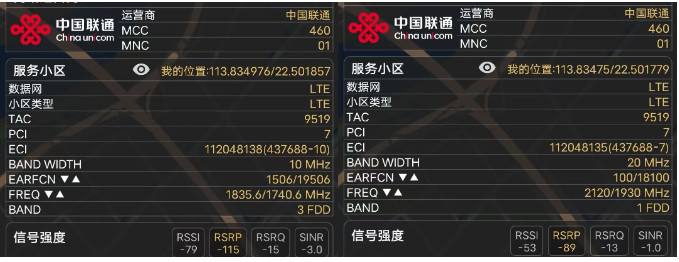How to achieve the ship signal coverage, full signal in the cabin?
Offshore Oil Support Vessel, long periods away from land and deep into the ocean. The most important thing is that there are no signals in the ship, they cannot communicate with their families, which causes inconvenience to the life of the crew!
1.Details of Project
The project is to cover the signal of offshore oil support vessels, a total of 2 vessels, each with 4 decks. Offshore oil support vessels are dedicated vessels for offshore oil and gas exploration, development, and production, often far from land and into the depths of the ocean. Due to the working environment and special structure, there is often no signal in the cabin, and the crew lives are extremely inconvenient.
The person in charge of the project said: the signal in the cabin is too bad, there is no signal when the sea operation is normal, but there is no signal when the shore is replenishment, and I hope to solve the problem of three networks.
2.Design Scheme
The signal coverage area is the cabin corridor, the corridor of 4 floors is about 440 meters, and the two ships are nearly kilometers.
3.Product collocation scheme
With cabin use in mind, the signal amplifier KW35A was chosen. KW35A has a metal waterproof and moisture-proof body, effective heat dissipation, more suitable for basements, tunnels, islands, cabins and other complex scenes. Large log antenna and plastic steel omnidirectional antenna were selected for receiving antennas, which were substitutes for each other. The large log antenna was used when the ship was docked, and the omnidirectional antenna was replaced when sailing.
4.How to install?
The first step, install the outdoor receiving antenna: The receiving antenna is installed at the high point of the ship, and the plastic steel omnidirectional antenna can receive the signal 360°, which is suitable for use at sea; Logarithmic antenna has directional limitations, but the receiving effect is better, and it is suitable for use when ships dock to resupply.
The second step, Installation of indoor antenna
Wiring and installation of ceiling antenna in the cabin.
The third step, contact the signal repeater.
Check that the receiving and transmitting antennas are installed before connecting them to the host. Otherwise, the host may be damaged.
The last step, check the signal .
After installation, the “CellularZ” software was used again to detect the cabin signal value, and the RSRP value was increased from -115dBm to -89dBm, the coverage effect was too strong!
Before installation After installation
(RSRP is the standard value for measuring whether the signal is smooth, generally speaking, it is very smooth above -80dBm, and there is basically no network below -110dBm).
Post time: Aug-07-2023








